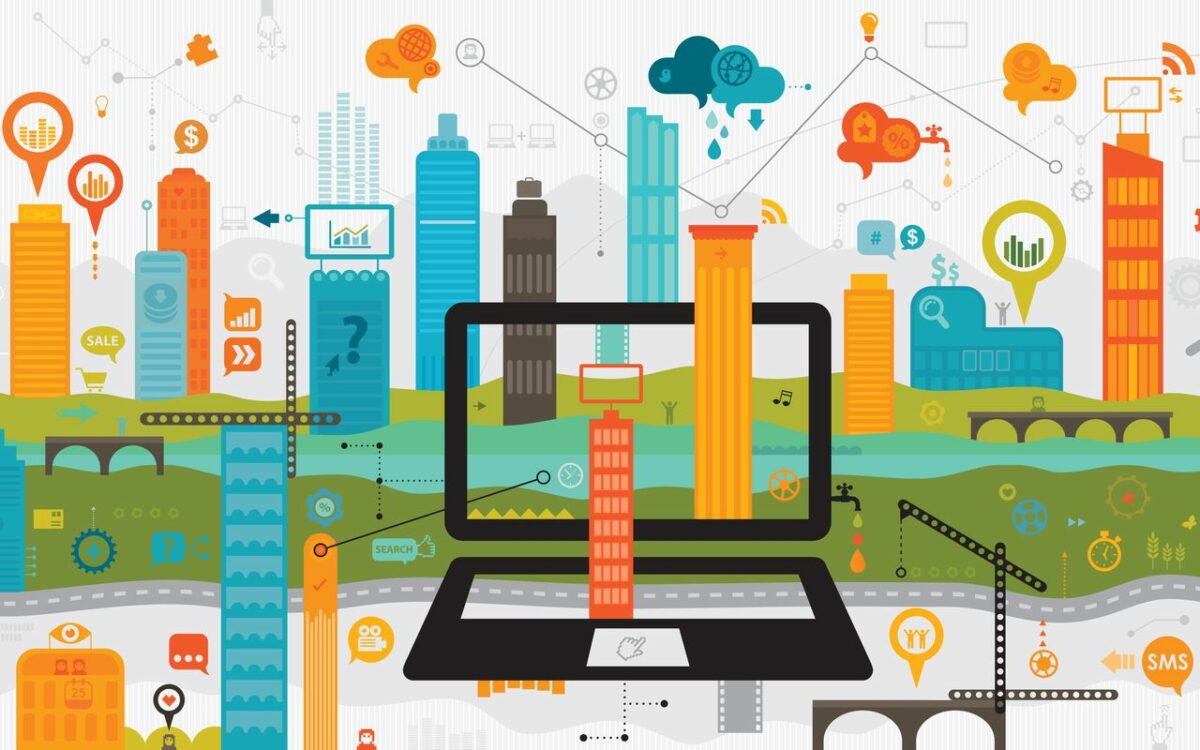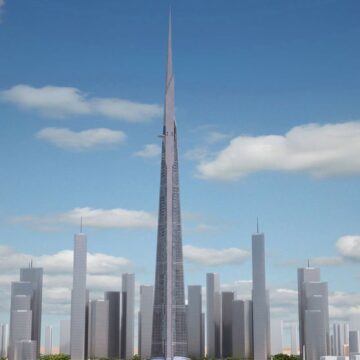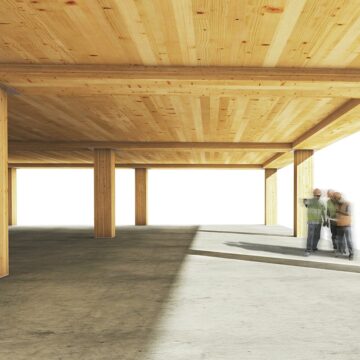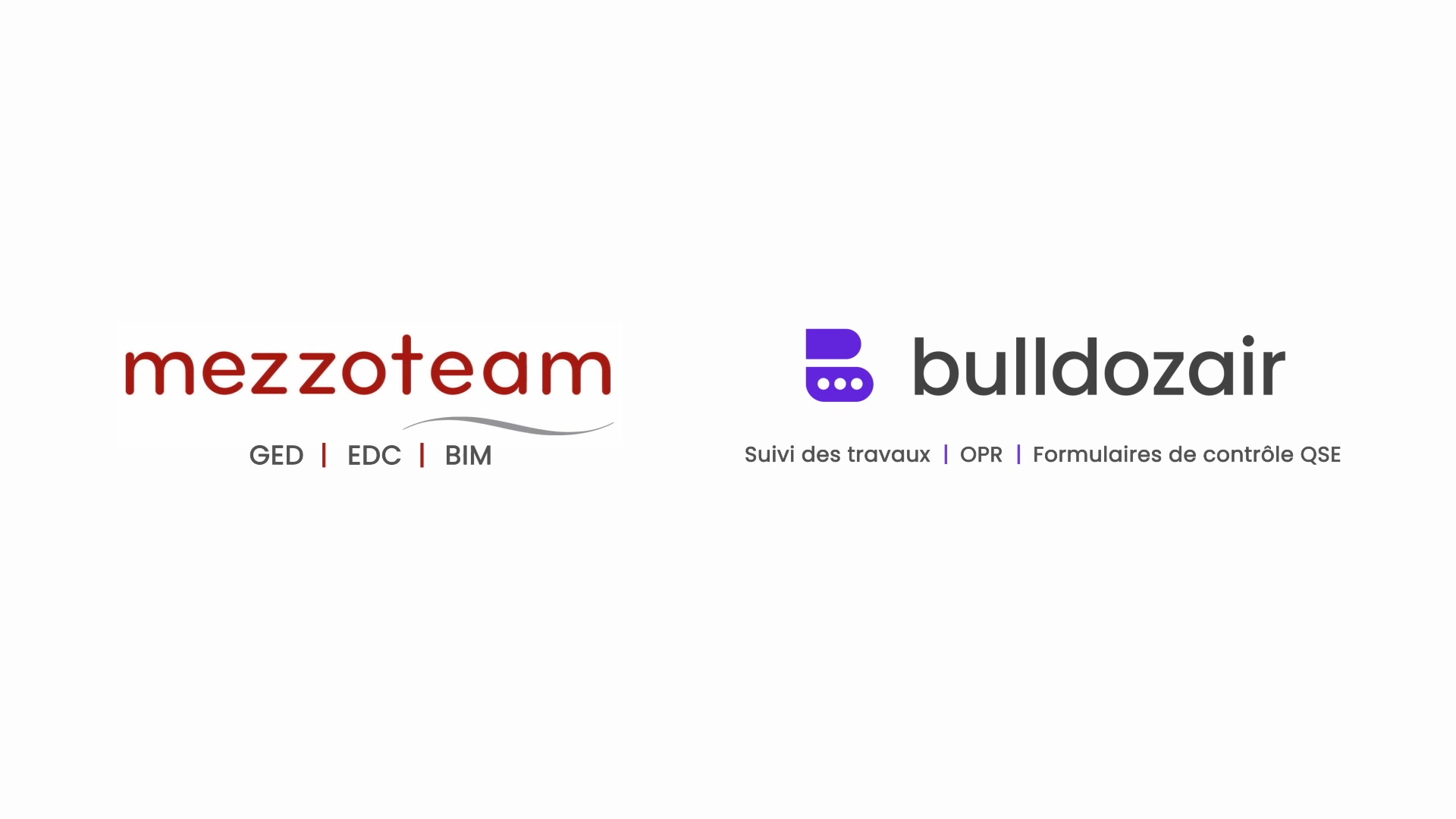Our world is going through changes that have a notable impact on the environment, dramatic population growth, urbanisation, global warming and shortage of resources. These changes are forcing us to think in new ways. The following 3 trends offer a new way for makers in construction industry to react to the ongoing changes.
Big Data
Big data refers to the collection and analysis of huge quantities of information stored in the past and acquired today to improve efficiency. Using big data allows us to identify a problem and let big data come up with the solution. It is a means to gain better insights to make better decisions, also in construction. People, computers, machines, sensors or any other data-generating devices or agents are the preliminary source that generate big data.
What’s in it for businesses in construction industry? Big Data will transform the design, construction, and operation of the built environment. Data gathered from building design and modeling, the environment, stakeholders and social media discussions can be used to determine what to build and where to build it. Big data is also useful when determining construction activities due to the ability to analyze weather, traffic and community. It offers a way to “make” instead of to “design”.
High-Performing Buildings
“High-performance” is how those in the industry will define successful buildings in the future. In a high-performance building everything is optimized and integrated to the maximum. Green or smart building encompasses energy efficiency and adds many more dimensions of performance. Buildings are becoming increasingly connected, with systems that provide data monitoring and remote access. Significant energy savings can be reached with the possibility to track and automate the facility’s systems, such as lightning.
Making a building perform in a high level requires covering all aspects of the building from both macro and micro level. In order to boost efficiency and sustainability constructors need to have a long-term picture. The cost of a building is not only the cost of construction, but also the cost of maintaining it for the next 30 years.
3D Printing
A 3D printer is a machine that connects with a computer interface to generate 3D designs. Then, using hot, liquid material (similar to a glue gun), it prints the 3D design layer by layer. This approach could have a positive impact on the future of construction industry.
The 3D technology has already been used to print detailed 3D models and some firms have even printed a house with a giant 3D printer using cement and glass material. 3D printing would offer a reduction of risk and health issues and well as provide a means to using recyclable material. It can offer a new viewpoint to designing buildings and provide a way to build otherwise infeasible concepts.
Change is something that creates worry and fear. It raises opposition due to lack of confidence, misunderstandings and fear of something new. However, we live in an era of rapid change. It offers countless opportunities for people working in construction industry, from architects to field workers. So, rather than sticking to the old and familiar, constructors should demand faster projects, lower costs and better buildings.








